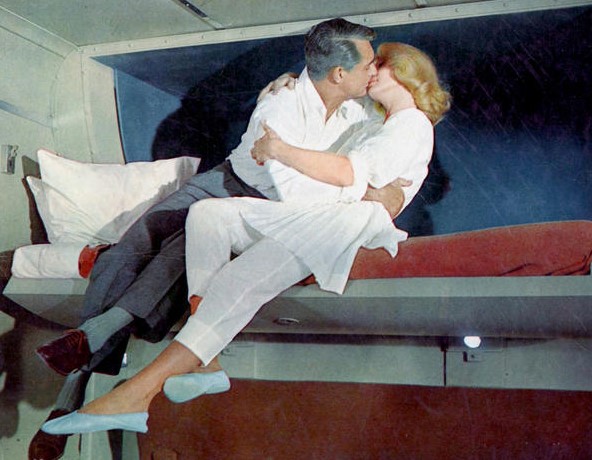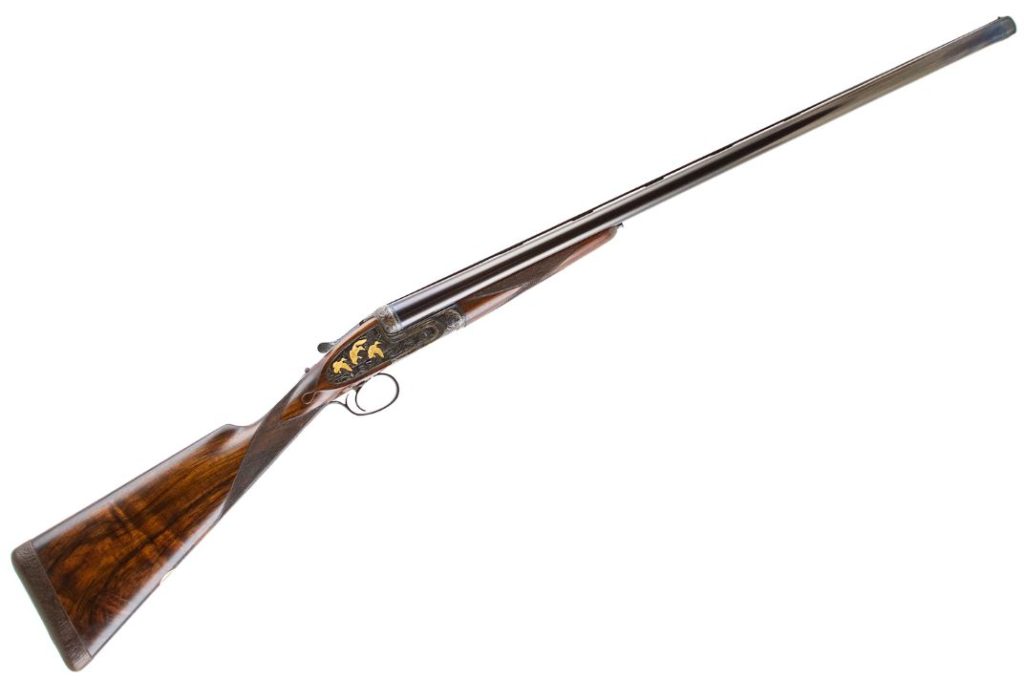A couple Christmases back, New Wife admitted to #2 Son that she had no idea what animé was, whereupon he gasped in shock. I was a little scornful, because my only exposure to the genre had been the kiddie junk seen on TV during the kids’ childhood. And New Wife can hardly bear to watch cartoons, of any kind.
But the thought obviously rankled him, and being a thoughtful and considerate boy (okay, man: he’s now 31), when he came on Monday to visit us for his birthday week (family tradition, don’t ask), he brought New Wife an animé movie to watch. And so we watched it together last night.
What a revelation.
Satoshi Kon’s Millennium Actress is an absolute tour de force. The story is compelling, the time/space continuum jumps are seamless — the latter are better than any other movie I’ve ever seen, in any format — and the plot is faultlessly written. It is, quite honestly, a perfect movie.
#2 Son also revealed to us that his favorite Christmas (?) movie is Tokyo Godfathers (also directed by Satoshi Kon), which means it’s high on my list.
If you’re a fan of the animé genre, you’re probably laughing at me right now (and that’s okay); but if like me you’re an ignoramus of the genre, then you owe it to yourself to watch it — just as much as if you’d never seen a black-and-white movie before, you’d have to watch one of the classics made by Ernst Lubitsch, Elia Kazan or John Ford.
He’s left us a few others, carefully selected because he knows my taste in movies. I can’t wait to watch them.
Afterthought: I have to admit that this is not the first time #2 Son has done this to me: he also turned me on to Archer and Arrested Development, to name but two Needless to say, I trust his judgment a great deal. Oh, and one of his Christmas presents to me, many years back, was the boxed set of Fred Astaire and Ginger Rogers’s dance movies.



